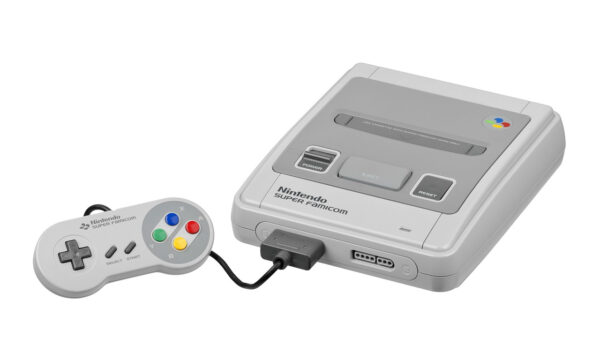Finland: A unique passion for gaming

Within the beautiful and tech-savvy confines of Finland, lies a fervent gaming culture. This compelling blend of tradition and contemporary gaming has steadily created a dynamic, evolving gaming landscape. From board games to high-tech digital platforms, the Finnish gaming narrative offers a fascinating study in cultural shifts and technological advances.
History of gaming: Pre-computer era
Before the advent of digital technologies, traditional Finnish board games like Afrikan tähti (Star of Africa) held sway in the gaming arena. These games stimulated a culture of strategic thinking and competitiveness that would become foundational to the gaming ethos of the Finns. This era of traditional games, while seemingly simple, sparked a passion for gaming that was instrumental in shaping the vibrant digital gaming culture of Finland we see today.
90s innovation: The rise of the demoscene
As computers entered the scene, Finland was the cradle of the innovative demoscene. Talented groups such as Future Crew brought a new level of complexity to multimedia artwork, melding advanced computer graphics and sound. Their groundbreaking efforts led to the creation of Death Rally, widely considered the first commercial computer game from Finland. The demoscene not only showcased Finnish technological prowess but also laid the groundwork for an expanding computer gaming industry.
Nokia and mobile gaming
The genesis of mobile gaming in Finland can be traced back to the late 90s, when Finnish telecommunications giant Nokia pioneered this transformative shift. This ground-breaking move started with the introduction of the game Snake on the Nokia 6110 handset, which rapidly became a worldwide sensation. This simple, yet captivating game demonstrated the potential for mobile devices as viable gaming platforms and created a paradigm shift in the gaming industry. Despite the commercial challenges faced by Nokia’s ambitious N-Gage gaming platform, it symbolised a significant milestone in the evolution of mobile gaming. The N-Gage platform gave developers and consumers a glimpse into the possibilities that lay ahead in mobile gaming, setting the stage for the next generation of mobile games that have become an integral part of our digital entertainment today. This transition marked by Nokia has profoundly influenced the landscape of the gaming industry, ushering in a new era of handheld, on-the-go entertainment. New catchphrases such as “non sticky bonus” started to become the norm.
Modern computer games and e-sports
Fast forward to the present, Finland is home to powerhouse gaming companies such as Supercell and Rovio Entertainment, which have left indelible marks on the global gaming map. Their flagship games, Clash of Clans and Angry Birds, are household names, boasting millions of active players worldwide. Simultaneously, the Finnish e-sports scene is undergoing a tremendous surge in popularity. Numerous Finnish players and teams are gaining international recognition, contributing to the vibrant e-sports community that is becoming increasingly mainstream. These remarkable developments underline the pivotal role Finland continues to play in the global gaming industry. They stand as powerful testaments to Finland’s technological prowess and its ability to constantly innovate and redefine the frontiers of digital entertainment.
Conclusion: The future of Finnish gaming
The future of gaming in Finland looks bright, propelled by cutting-edge technology, a skilled workforce, and a deeply ingrained culture that appreciates gaming. As the gaming industry continues to evolve, with emerging technologies like virtual and augmented reality increasingly becoming mainstream, Finland stands well-positioned to spearhead these transformations. Its distinctive passion for gaming remains unwavering, promising an exciting future for both Finnish gamers and the global gaming community at large.
The editorial unit























Facebook
Twitter
Instagram
YouTube
RSS